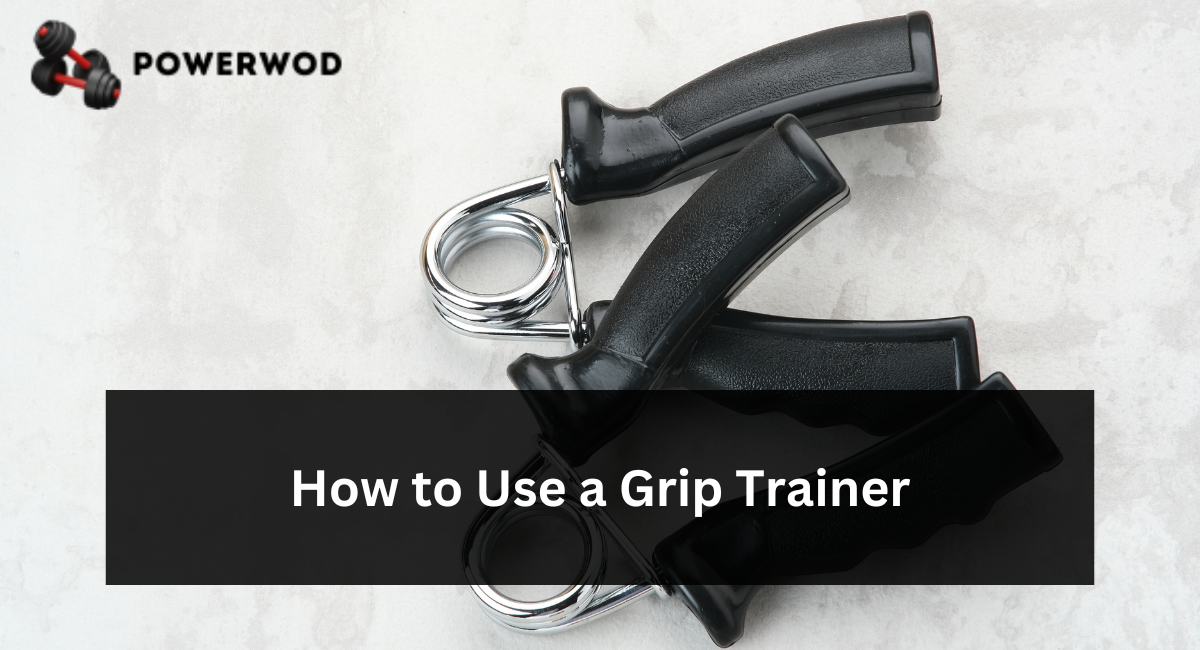If you’ve ever glanced through social media and encountered advertisements featuring unusual gadgets that promise to enhance your grip strength, you’re not the only one. Grip trainers, compact and intricate devices, are widely used and have sparked a discussion: Do they truly have an effect?
This article provides an in-depth exploration of grip trainers. With scientific studies, professional views, and real-world experiences, we will address the subject that has confused fitness fans and skeptics: “Do Grip Trainers Work?”
Fundamentals of Grip Trainers
Grip trainers are available in different forms and sizes, but they all have one main goal: to enhance your grip strength. They are typically portable gadgets manufactured from a mixture of metal and rubber.
The concept is to utilize the muscles in your hand to exert force, whether through squeezing, pinching, or stretching. They can be used in various locations, such as your workplace, when watching television, or during lengthy journeys.
Types of Hand Grip Trainers
Spring-operated grippers: These are the most often used. They typically consist of two handles with a spring in between.
Finger exercises are created specifically for musicians or those who require fine motor abilities. These gadgets focus on individual fingers.
Thumb strength is the main focus of pinch grippers, making them ideal for pinching or holding activities.
Manufacturers state that grip trainers enhance hand strength, assist in rehabilitation, alleviate tension, and enhance sports performance. These are ambitious statements, and like anything that sounds too good to be true, they should be examined closely.
The Science of Hand Strength
The Muscles Engaged
The human hands have intricate muscles and tendons that allow for various movements. The main forces involved in grip strength are found in the forearm and consist of the flexor digitorum superficialis and profundus, as well as the flexor pollicis longus. Comprehending this structure is essential in assessing the potential effectiveness of grip trainers.
Grip strength is essential.
Grip strength is sometimes disregarded, yet it is an essential component of everyday life and a sign of general health. A firm grasp facilitates several tasks, such as opening jars and transporting goods, enhancing convenience in daily life. Moreover, research has indicated that weak grip strength is associated with reduced mobility and increased risk of death among elderly individuals.
The Standards
Grip strength is commonly assessed in kilograms or pounds per square inch (PSI) for individuals interested in numerical data. Average grip strength differs depending on age and gender. However, it typically ranges from 80 to 115 PSI for adult males, whereas for adult females, it falls between 55 to 80 PSI.
Do grip trainers work?
Several research have sought to examine the effectiveness of grip trainers. A study published in the “Journal of Hand Therapy” in 2018 found that consistent usage of grip trainers resulted in a 16% increase in grip strength over eight weeks. On the other hand, another study highlighted that although grip trainers enhanced hand strength, the outcomes were similar to those of conventional strength training activities.
Professional viewpoints
Physiologists and occupational therapists commonly concur that grip trainers can be productive but should be one of many means for enhancing hand strength. As per Dr. Jane Smith, a specialist in rehabilitative medicine, “Grip trainers offer specific exercise, but they cannot substitute a complete workout plan.” In addition, excessive use might result in repetitive strain injuries.
Conclusion
In conclusion, mastering a grip trainer is a gradual process that involves consistent practice and proper technique. Incorporating grip training into your fitness routine enhances hand strength and agility.
Remember to start with lighter resistance and gradually progress to more challenging levels. Regular use of a grip trainer not only benefits your hand and forearm strength but can also positively impact overall athletic performance.
Embrace the versatility of grip training and witness the transformative effects on your strength and endurance.

Leave a Reply